Focke-Wulf 190 – 27 Of The Best Pics We Could Find On The Net!
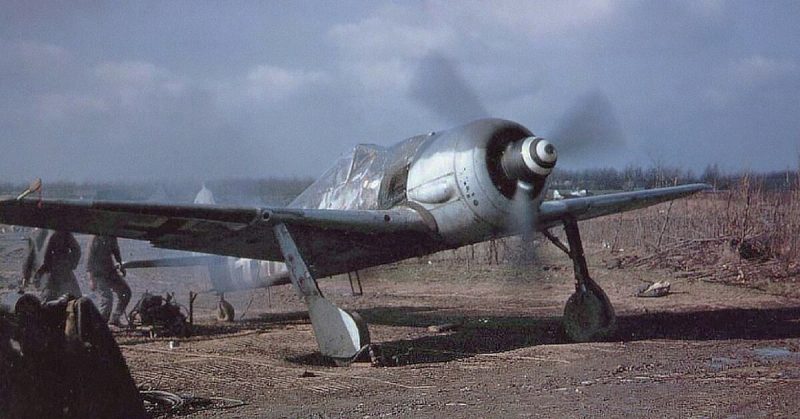
The Focke-Wulf Fw 190 is a German single-seat, single-engine fighter aircraft which was widely used during World War II. Along with its well-known counterpart, the Messerschmitt Bf 109, the Focke Wulf 190 became the backbone of the Luftwaffe’s Fighter Force.
The twin-row BMW 801 radial engine that powered most operational versions enabled the Fw 190 to lift larger loads than the Bf 109, allowing its use as a day fighter, fighter-bomber, ground-attack aircraft and, to a lesser degree, night fighter.
The Fw 190A started flying operationally over France in August 1941, and quickly proved superior in all but turn radius to the Royal Air Force’s main front-line fighter, the Spitfire Mk. V, especially at low and medium altitudes. The 190 maintained superiority over Allied fighters until the introduction of the improved Spitfire Mk. IX.
In November/December 1942. The Fw 190 made its air combat debut on the Eastern Front, finding much success in fighter wings and specialised ground attack units called Schlachtgeschwader (Battle Wings or Strike Wings) from October 1943 onwards.
The Fw 190A series’ performance decreased at high altitudes (usually20,000 ft and above), which reduced its effectiveness as a high-altitude interceptor. From the Fw 190s inception, there had been ongoing efforts to address this with a turbosupercharger BMW 801 in the B model, the C model with the Daimler-Benz DB 603, and the D model with the Junkers Jumo 213.
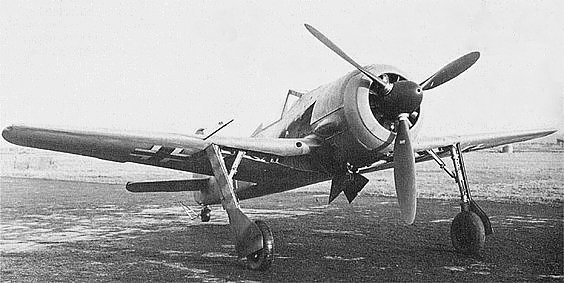 Fw 190 V5k. This is the V5 with the original small wing. The 12-blade cooling fan and redesigned undercarriage and canopy fairings are visible.
Fw 190 V5k. This is the V5 with the original small wing. The 12-blade cooling fan and redesigned undercarriage and canopy fairings are visible.
Problems with the turbos meant only the D model would see service, beginning in September 1944. While these “long nose” versions gave them parity with Allied opponents, they arrived far too late in the war to have any real effect.
The Fw 190 was well-liked by its pilots. Some of the Luftwaffe’s most successful fighter aces claimed a great many of their kills while flying it, including Otto Kittel, Walter Nowotny, and Erich Rudorffer.
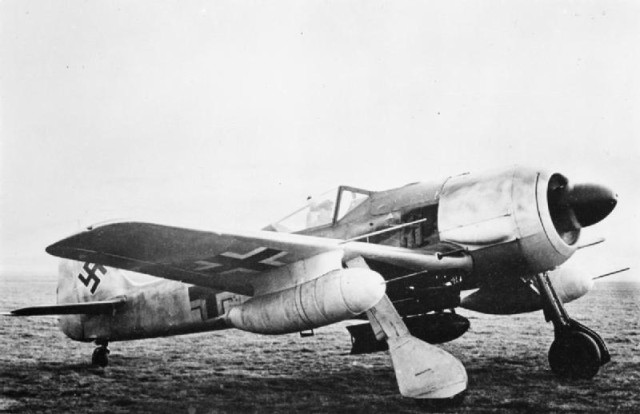 Fw 190 G-1 showing the ETC 250 bomb rack, carrying a 250 kg (550 lb) bomb, and the underwing drop tanks on VTr-Ju 87 mounts.
Fw 190 G-1 showing the ETC 250 bomb rack, carrying a 250 kg (550 lb) bomb, and the underwing drop tanks on VTr-Ju 87 mounts.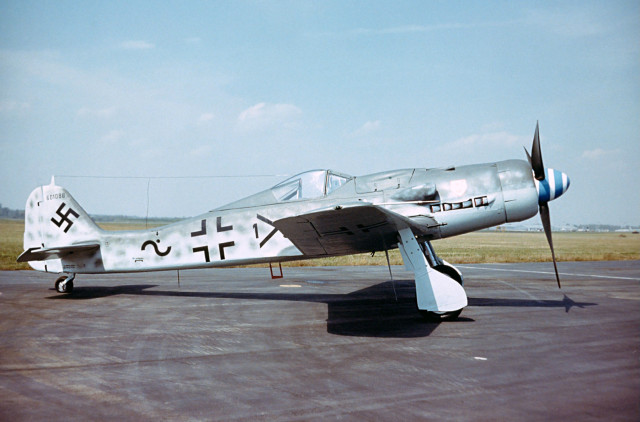 A side view of the NMUSAF’s D-9. One can easily distinguish the D-9 model from earlier variants by the extended nose and tail sections, in addition to the exhaust manifolds located near the base of the engine cowling
A side view of the NMUSAF’s D-9. One can easily distinguish the D-9 model from earlier variants by the extended nose and tail sections, in addition to the exhaust manifolds located near the base of the engine cowlingWrecks / Crashes
Captured
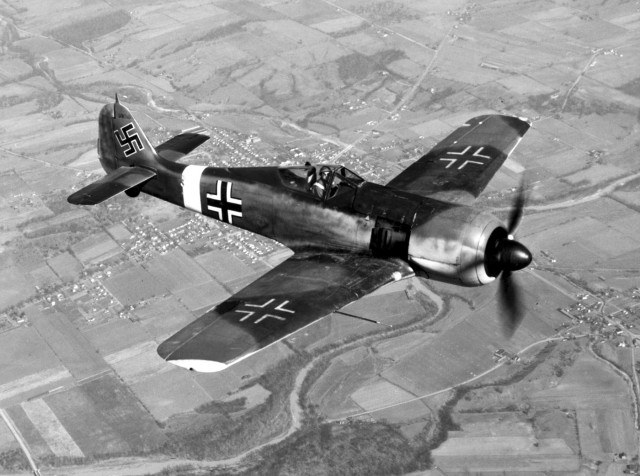 A captured Fw 190A-4. The USAAF-painted Balkenkreuz and swastika markings are of nonstandard size and proportions.
A captured Fw 190A-4. The USAAF-painted Balkenkreuz and swastika markings are of nonstandard size and proportions.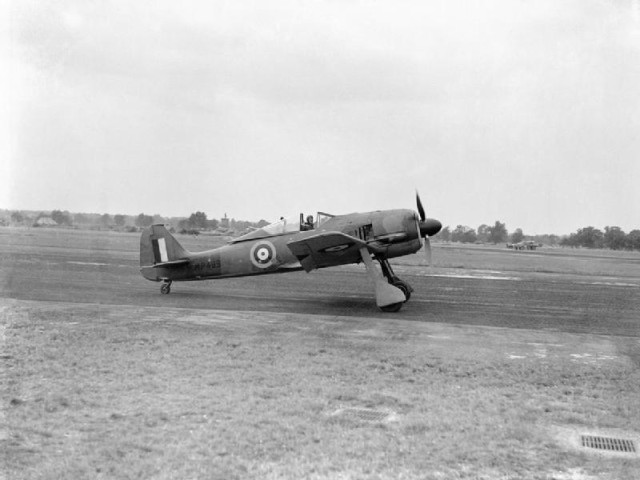 A captured Focke-Wulf Fw 190A-3 at the Royal Aircraft Establishment Farnborough with the RAEs chief test pilot Wing Commander H J -Willie- Wilson at the controls August 1942.
A captured Focke-Wulf Fw 190A-3 at the Royal Aircraft Establishment Farnborough with the RAEs chief test pilot Wing Commander H J -Willie- Wilson at the controls August 1942.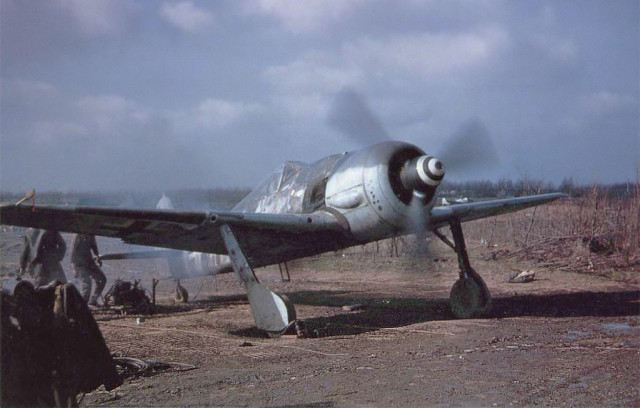 An Fw 190 A-8/R2 in American hands. “White 11” of 5./JG 4 was captured during Operation Bodenplatte after its engine had been damaged by American light flak.
An Fw 190 A-8/R2 in American hands. “White 11” of 5./JG 4 was captured during Operation Bodenplatte after its engine had been damaged by American light flak.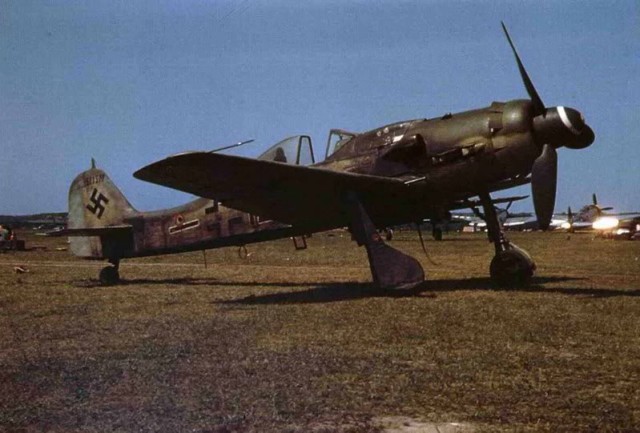 This captured Fw 190 D-9 appears to be a late production aircraft built by Fieseler at Kassel. It has a late style canopy; the horizontal black stripe with white outline shows that this was a II. Gruppe aircraft.
This captured Fw 190 D-9 appears to be a late production aircraft built by Fieseler at Kassel. It has a late style canopy; the horizontal black stripe with white outline shows that this was a II. Gruppe aircraft.
Image sources: Wikipedia / Bundesarchiv / WorldWarPhoto
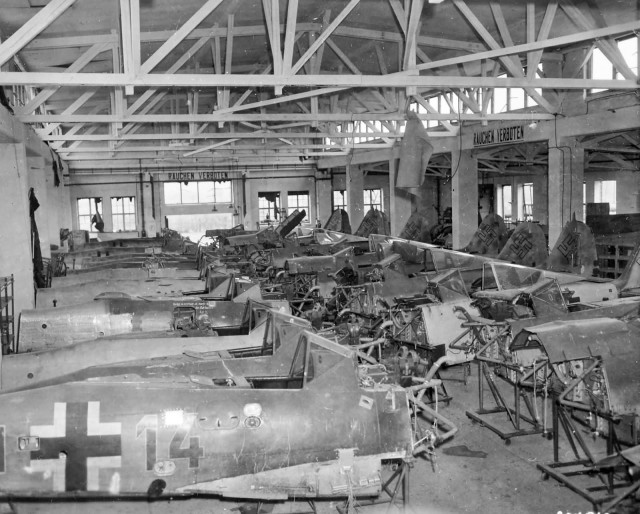
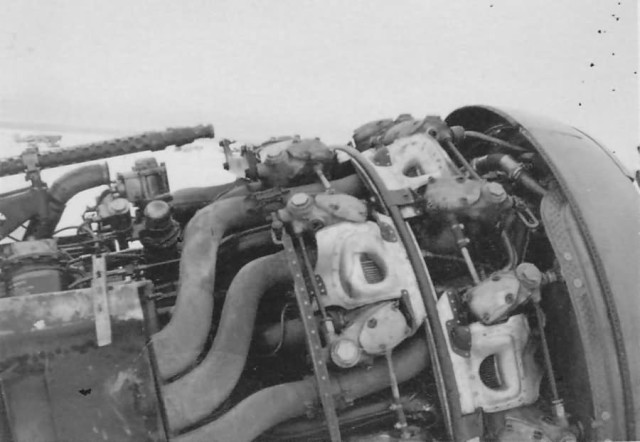
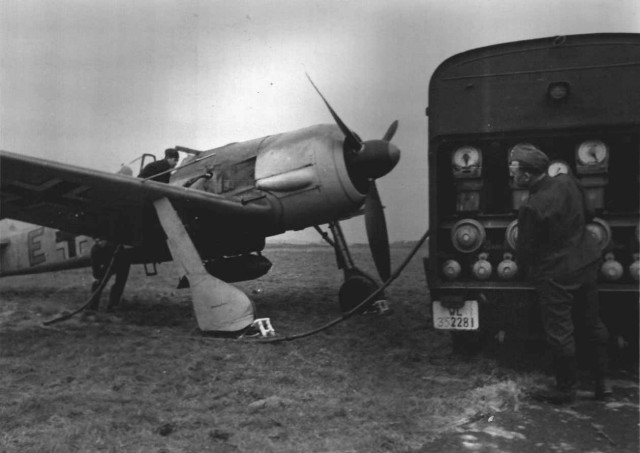
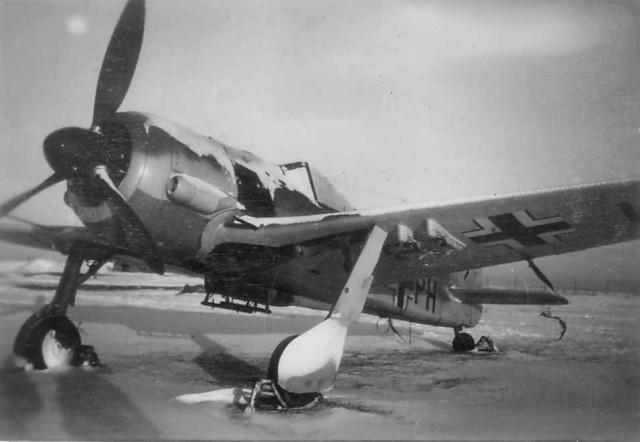
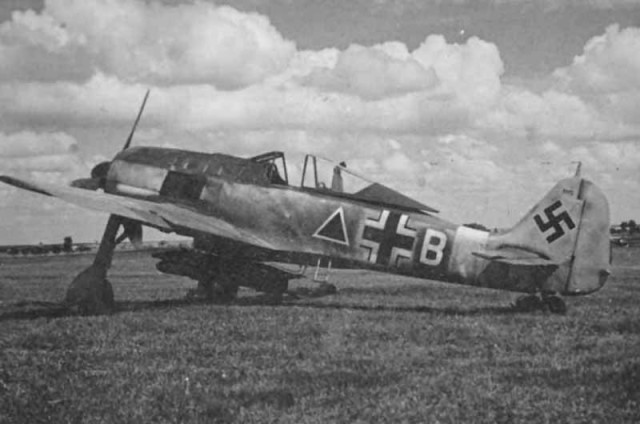
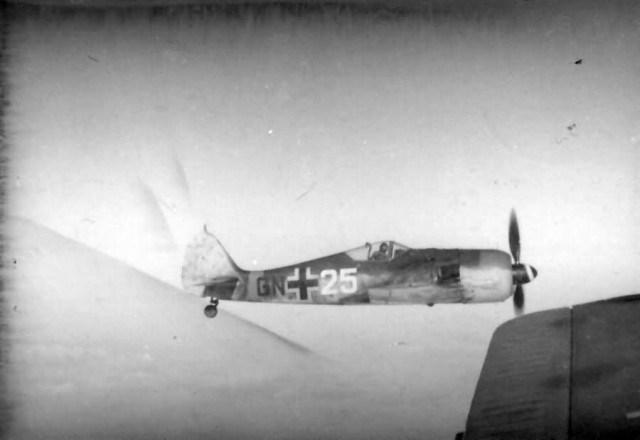
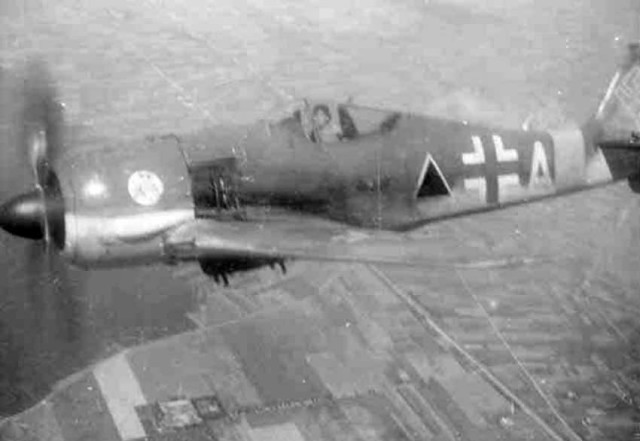
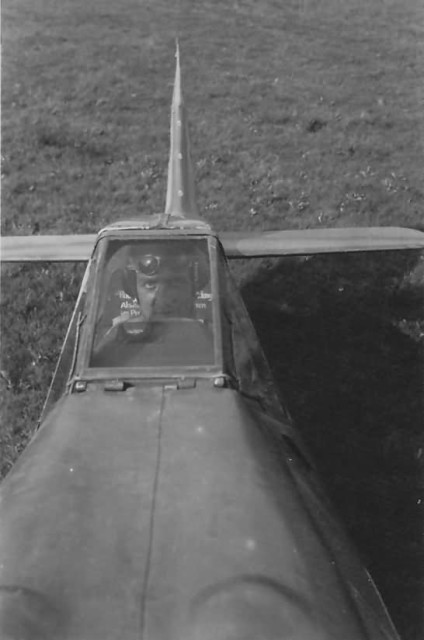
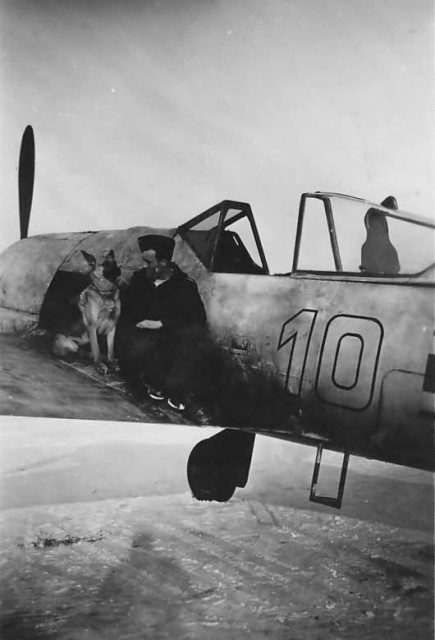
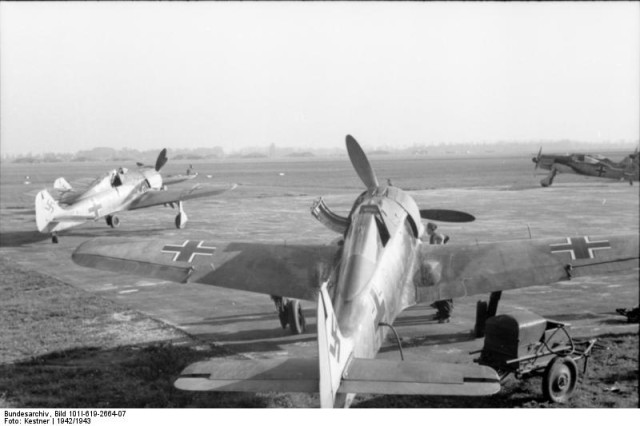
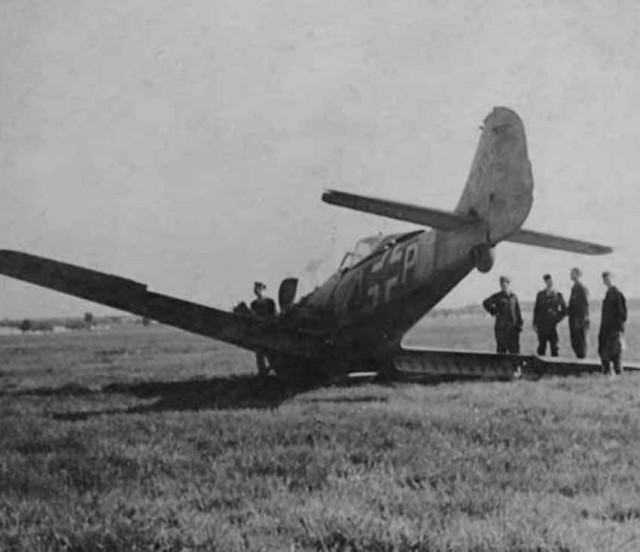
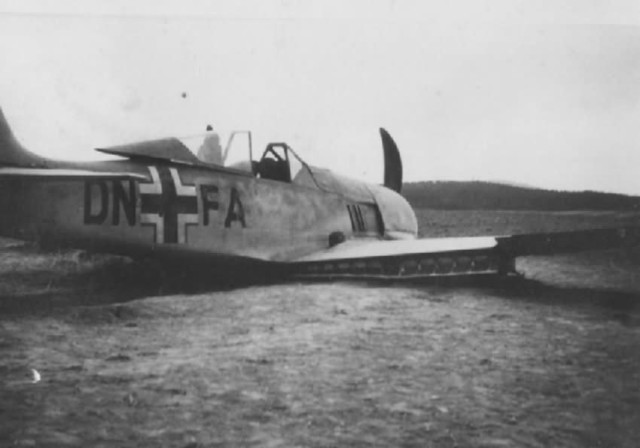
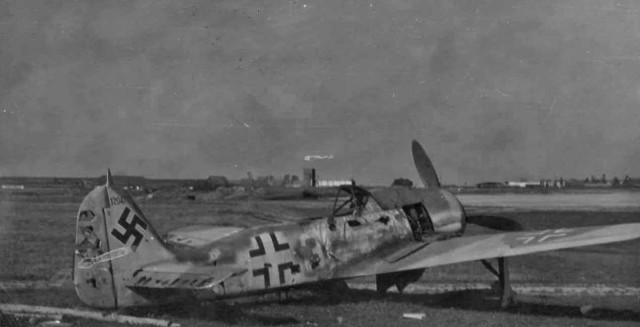
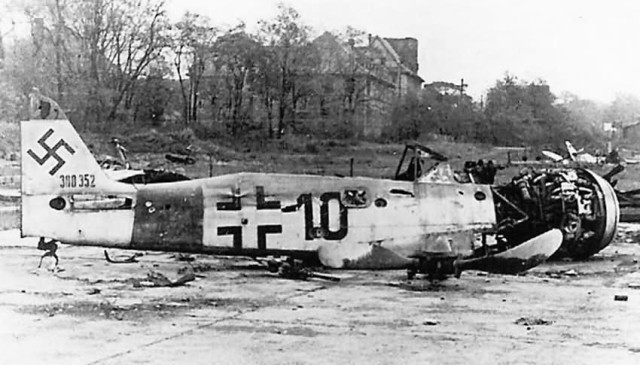
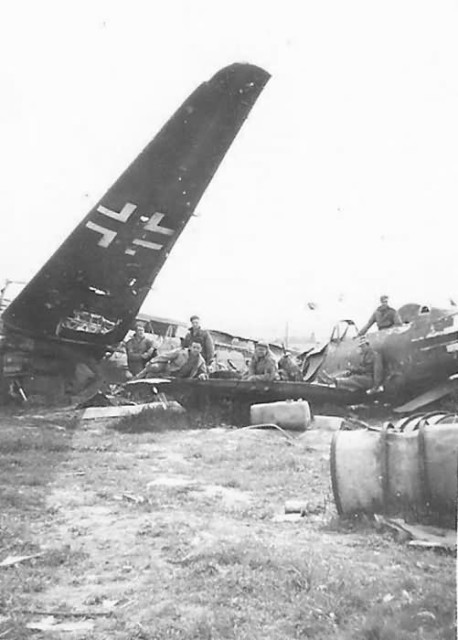
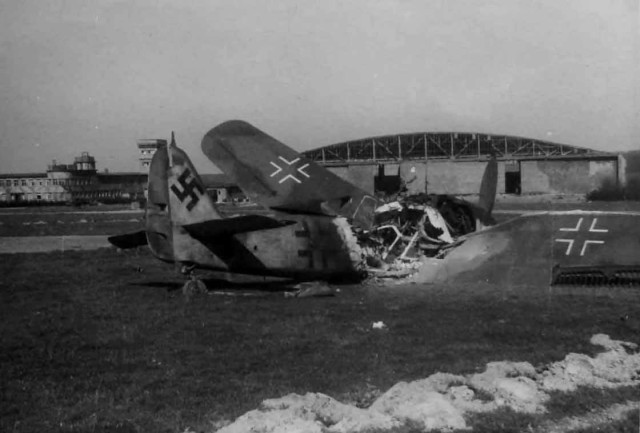
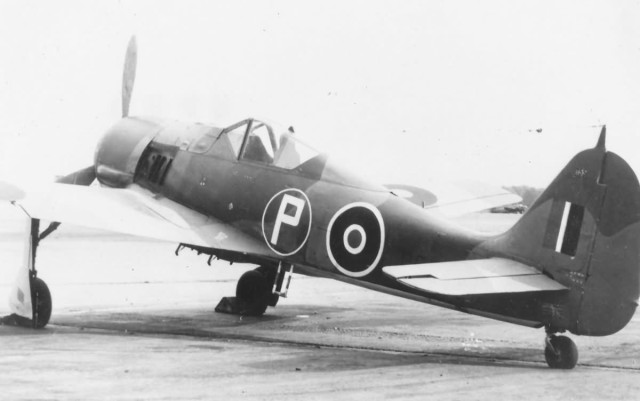
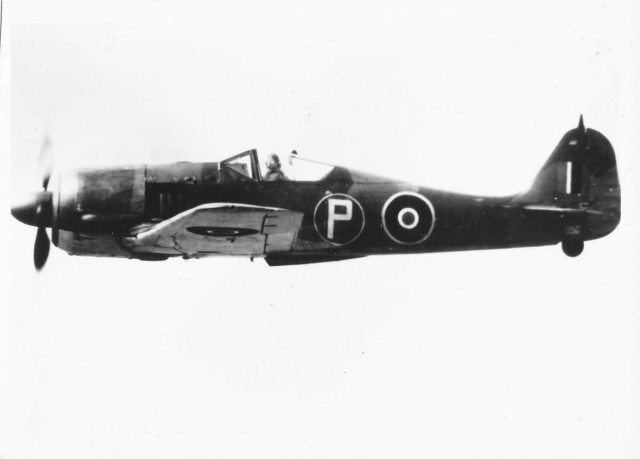
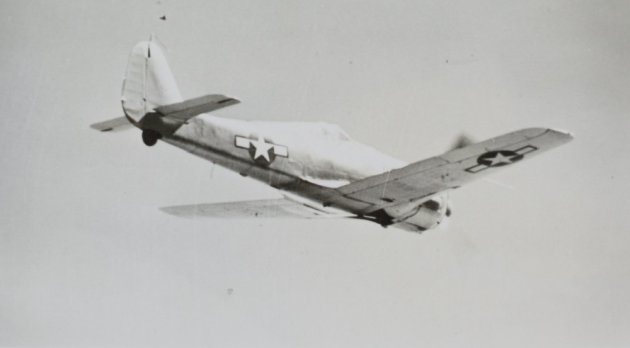
No comments:
Post a Comment